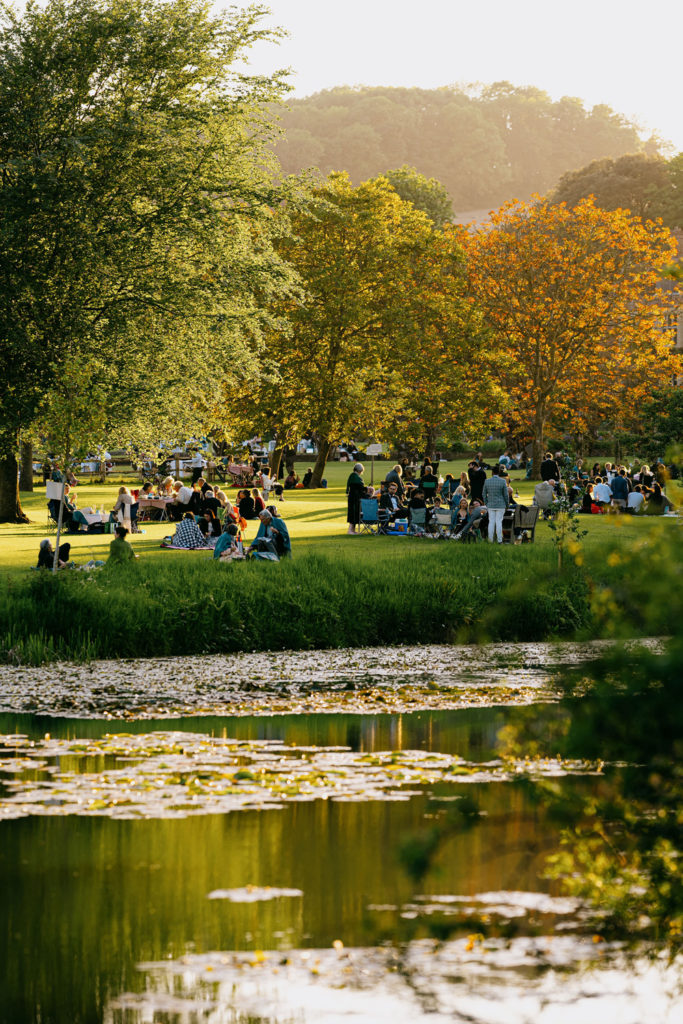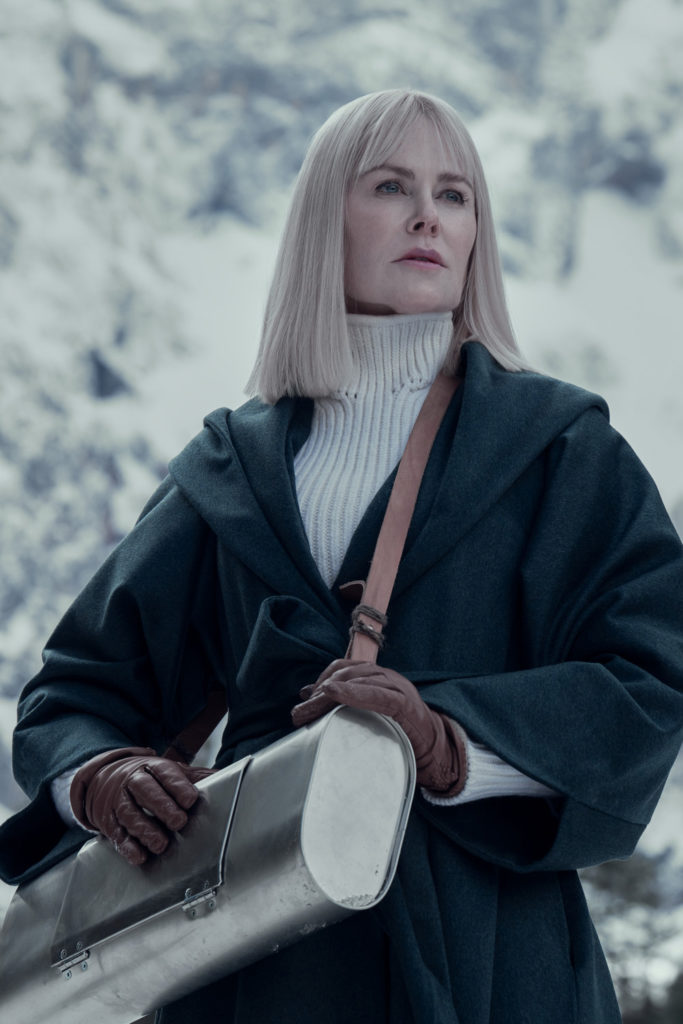The Expert’s Guide To Investing In Art With Maddox Art Advisory
By
1 year ago
Looking to round out your portfolio?

Art is transformative: not only does it change the way we think and feel, but it can also bring big financial rewards should you take the plunge and make an investment in it. As John Russo, CEO of Maddox, says: ‘While you appreciate the art hanging on your wall, there is beauty in it appreciating in value at the same time.’
Of course, this is also a complex and unique field, so beginners can find it difficult to know where to start. If you’re looking to diversify your assets and make your first art investment, an art advisor is a great first place to start. ‘Now more than ever, it’s important to speak to an art advisor who can provide insights about the artists they support, not just sell,’ adds Russo. ‘The average return for Maddox over the last six years is 24.6 percent, which shows consistency. When you combine consistency with a true love and appreciation of art, you have a winning combination.’
Intrigued? We asked the experts at Maddox Art Advisory for their insight on how to invest in art, including when to do it and what to look out for.
The Expert’s Guide To Investing In Art
Can You Invest In Art?
Yes, you can. According to Deloitte, over 85 percent of wealth managers now suggest including art in a well-rounded portfolio whilst being a proven, and genuinely enjoyable asset class to explore. Art is now considered a passion investment alongside fine wine, classic cars, jewellery, and timepieces, although unlike these other passion investments, art doesn’t depreciate with use.
What Makes Art A Good Investment?
With a $1.7 trillion global marketplace, art is a profitable investment that has consistently outperformed other asset classes and, over the last 20 years, has consistently outperformed the FTSE 100.
Upon entering 2024, there is still some economic unpredictability. However, in times of uncertainty, there can also be great opportunities. Take the late Eli Broad, who amassed the bulk of his collection in the 1990s during the biggest art-market correction in recent history – and Glenstone founder Mitchell Rales who did the same during the 2008 financial crisis. A diversified art portfolio can stand the test of time whilst providing a truly enjoyable journey and experience for the investor.
How Do You Begin Investing In Art?
Invest wisely by choosing a reputable firm or gallery with a proven track record, trustworthy assessments, and a solid reputation to guide you on your journey. Select an advisory with decades of collective experience and a genuine stake in your success; this is really where Maddox Art Advisory has a niche speciality.
What Is Maddox Art Advisory?
Established in 2018, Maddox Art Advisory launched with a clear goal – to help clients successfully navigate the thrilling, trillion-dollar industry of art investing. The Maddox investment journey begins with a consultation with a trusted and experienced Maddox art advisor. They will discuss client goals, interests and passions which will inform one’s art investment journey and make for a rewarding and personal experience.
The acquisition of art works is taken care of by one of our dedicated art advisors, guiding the client to make their own informed decisions with market data and insights based on collecting aims and personal taste. From curating the art portfolio, collection management, valuations, exit strategies and realising a client’s investments, Maddox art advisors are there to lead you through every step of the journey and provide a seamless and reliable service. Over the last six consecutive years, Maddox Art Advisory have proudly and consistently delivered double digit growth for their clients, and look forward to a prosperous 2024.
When Is A Good Time To Invest In Art?
Several factors come into play when considering the optimal time to invest in art. Ultimately, the best time to invest in art varies depending on individual goals, market conditions, and financial positioning, highlighting the importance of strategic timing and personalised considerations in art investment endeavours.
While the art market remains active throughout the year, understanding its seasonality can offer advantages, albeit contingent on individual financial circumstances. For instance, the summer following Art Basel and the Spring auctions presents a less competitive landscape for acquiring artwork. With reduced offerings and lower demand, securing a desirable piece may be more feasible at a potentially lower price point during this period.
What Are The Key Things To Look For In A Piece Of Art For Investment?
In determining whether a piece of art is a good investment, several critical factors come into play, reflecting both the tangible and intangible values of the artwork.
Source
Firstly, the provenance of the piece is paramount. A well-documented history of ownership not only ensures authenticity but also adds to the artwork’s value by connecting it to distinguished collectors or historical figures.
Rarity
Secondly, the rarity and condition of the artwork are crucial. Works that are unique or limited in number often appreciate over time, especially when preserved in excellent condition. The artist’s significance in art history and market demand is another pivotal factor. Artists with a solid track record of museum exhibitions, critical acclaim, and a consistent presence in the market tend to be safer bets for investment.
Market Trends
Market trends also play a significant role. Understanding the current tastes and potential future directions of the art market can help identify pieces that are likely to appreciate. This requires a deep engagement with the art world, including galleries, auction houses, and collectors, to gauge the pulse of what’s in demand and what might be emerging as the next big thing.
Quality
Lastly, it’s about the intrinsic qualities of the artwork itself – the emotional resonance, the technical skill, the innovation, or the historical significance. These aspects might be more subjective, but they contribute to a piece’s lasting value and appeal.
Investing in art is not just a financial decision; it’s a passion-driven pursuit that requires a blend of analytical assessment and intuitive judgement. Our approach combines rigorous research with a deep appreciation for the art itself, ensuring that we guide our clients towards investments that not only have the potential for financial appreciation but also enrich their lives culturally and aesthetically.
Popularity
When it comes to contemporary art, we suggest looking for artists with a growing social media following as a key indicator of popularity.
Is Digital Art Worth Investing In?
Digital art represents a thrilling frontier in the art world, offering innovative ways for artists to express themselves and for collectors to engage with art in the digital age. The creativity and accessibility of digital art are undeniable, broadening the scope of what can be considered collectible art. However, when it comes to investing in digital art through NFTs (Non-Fungible Tokens), a note of caution is warranted. While NFTs have introduced a novel method to authenticate and own digital art, the market is still in its infancy and highly speculative. The volatility, environmental concerns, and the evolving regulatory landscape present challenges that cannot be overlooked.
In essence, while digital art itself is a vibrant and worthwhile area of the art world, the investment in NFTs should be approached with a critical eye, prioritising thorough research and consideration of the broader implications and stability of the NFT market.
Maddox Art Advisory
Ready to start the conversation? Visit maddoxgallery.com for more information, or call 0203 150 0249 or email [email protected] to make an enquiry.








